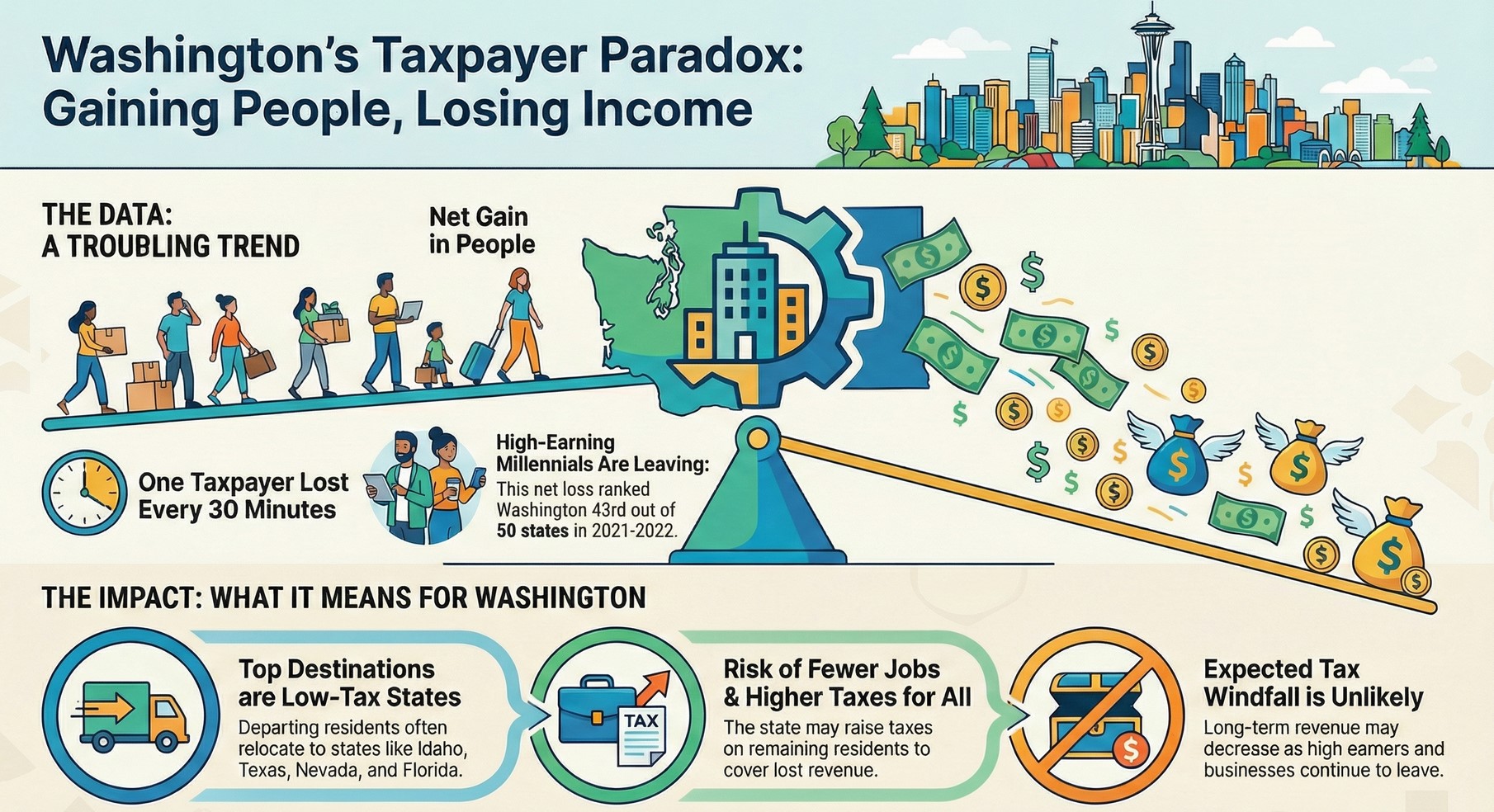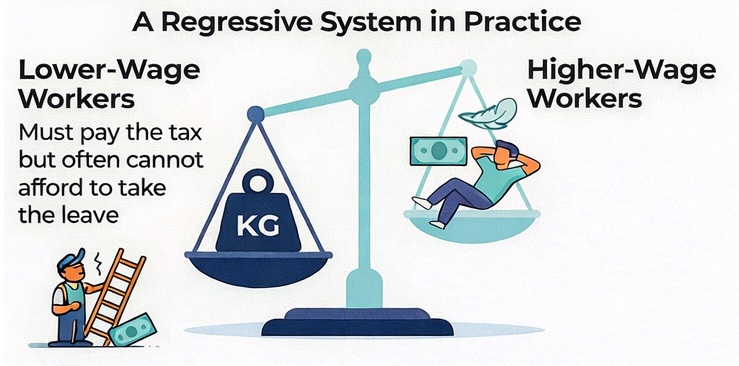A study released by the respected Tax Foundation yesterday ranks Washington among the top 10 most expensive states in which to live.
The study calculates the real buying power of $100 in each state to measure the true cost-of-living. Once again, Hawaii, New York, California, New Jersey and Maryland rank as the top five highest-cost-of-living states, with Washington rounding out the top ten. States in the south--Mississippi, Alabama and Arkansas, followed by South Dakota and Kentucky--boast the five lowest costs-of-living. In these states a worker’s raw income may be lower, but he can buy more with it.
For example, spending $100 in Mississippi will get you consumer goods that cost $116.01 in a state closer to the national average, while spending $100 in Hawaii gets you just $84.18 worth of goods, and only $86.73 in New York. In other words, Mississippians are 16% richer than their nominal incomes suggest, while residents of Hawaii and New York are around 15% poorer.
In Washington, spending $100 here buys what would cost only $95.42 in other states. That’s a decline from three years ago, when the same study showed the real value of $100 in Washington was $96.90. This means relative to other states, our cost-of-living is getting more expensive.
As I read the Tax Foundation report, I recalled a hearing on a right-to-work bill that was heard by the Senate Commerce, Labor & Sports Committee earlier this year. During the hearing on SB 5692, the union officials opposed to ending forced unionism and giving Washington workers the right to choose whether they want a union to represent them, testified that a right-to-work law would result in lower wages for workers.
During my testimony I pointed out that once the cost of living is factored in, workers in right-to-work states do not earn less than their counterparts in forced unionism states. In fact, once the cost of living is considered, workers in right-to-work states actually earn more than their counterparts in forced unionism states like Washington.
I was heckled by union members for explaining this fact during my testimony. Senator Karen Keiser even declared I was offering “alternative facts.” I’m not sure what that means, but I think it means I was being accused of making them up.
Of course, I wasn’t making anything up. As this most recent Tax Foundation study reveals, the simple fact is all of the top 10 highest cost-of-living states are also forced unionism states, where workers have no choice but to pay a union for representation they may not want. Taking a broader look at the 20 highest cost states, all but three are forced unionism states.
Conversely, of the 20 lowest cost-of-living states, where a dollar buys the most, all but one are right-to-work states with laws protecting worker choice. And expanding the view to look at the 30 lowest cost states, all but five are right-to-work.
So yes, workers in right-to-work states may earn lower wages compared to workers in forced unionism states. But since right-to-work states have a significantly lower cost of living, the same income will buy a much better standard of living for a family living in a right-to-work state than in a forced unionism state.
To put it in perspective, a worker earning $50,000 after taxes in right-to-work state Mississippi would have to earn an after-tax income of $67,000 in forced unionism New York just to afford the same standard of living. That same Mississippi worker would have to earn $61,000 to enjoy the same standard of living here in forced unionism Washington.
The data shows consistently that people living in right-to-work states enjoy a more affordable cost of living. Working families also benefit because they are not forced to give part of their take-home pay to union executives. The Tax Foundation assessment of the real value of $100 in each state reinforces the fact that a working family’s income goes farther in right-to-work states.
Of course, facts often get in the way of a good sound bite, and the “right-to-work-for-less” slogan is a prime example. It sounds good, so expect to hear it a lot, but the facts simply don’t back it up.





